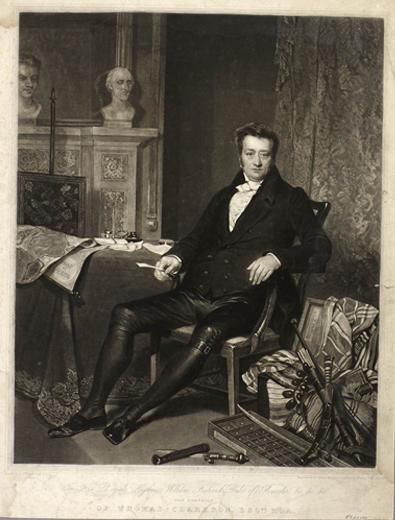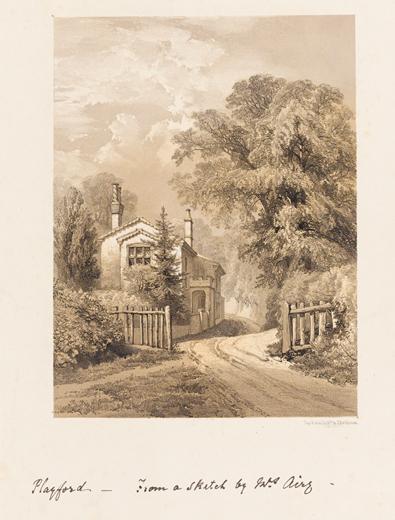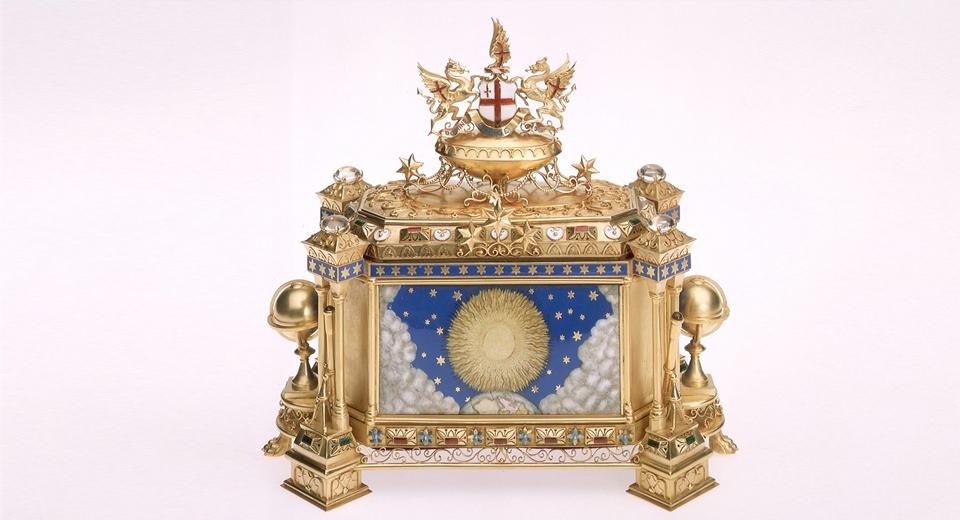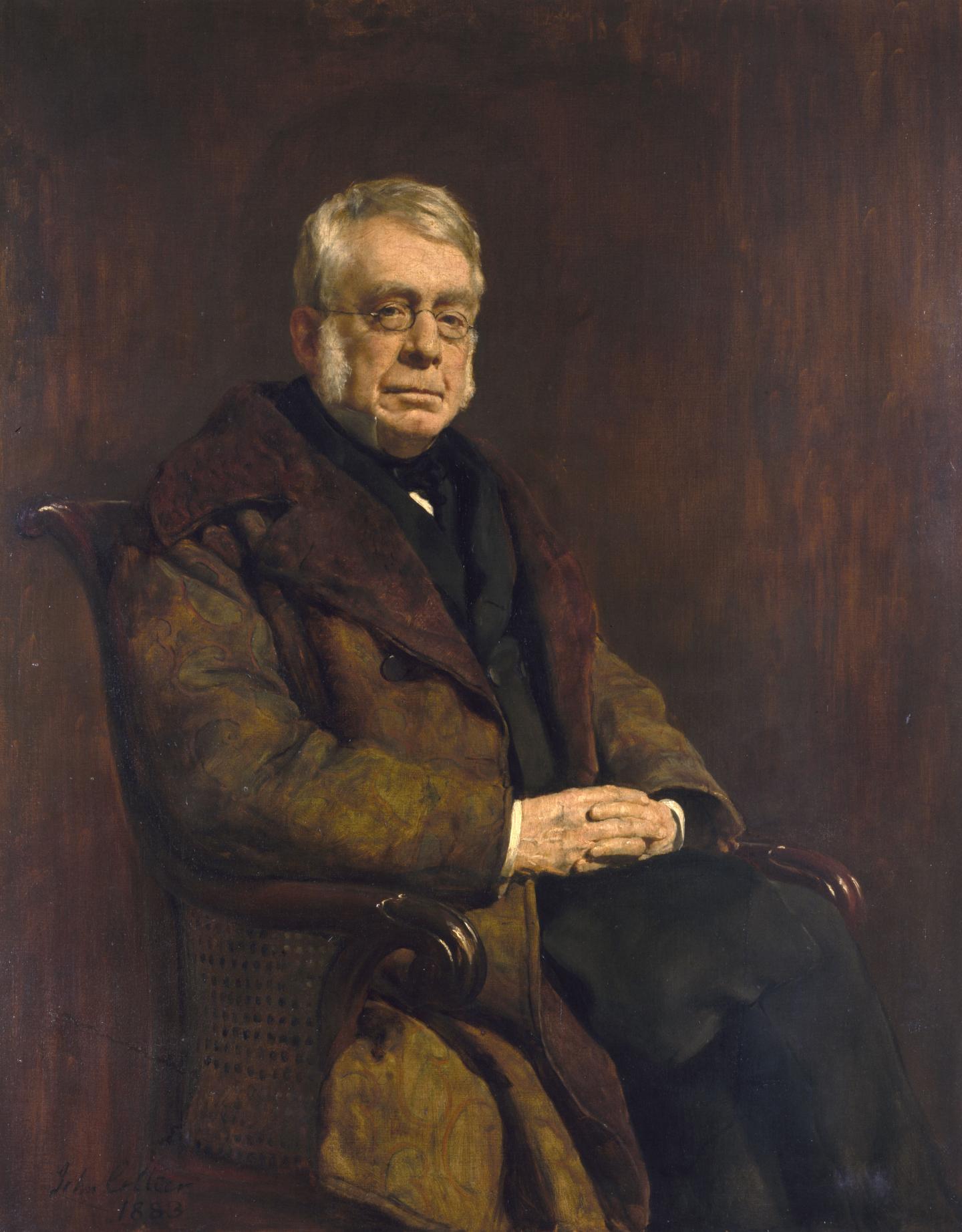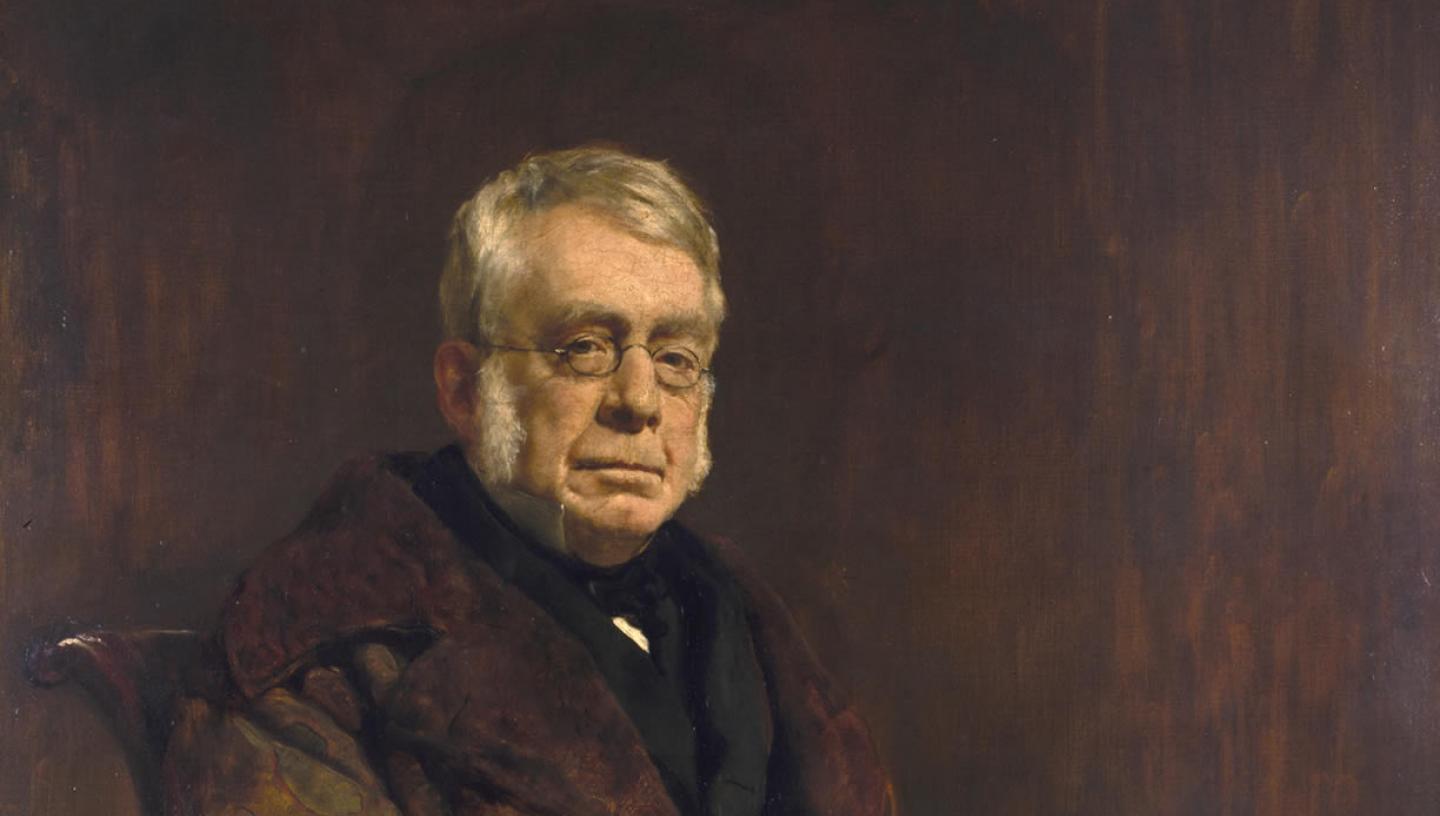
Essential Information
| Location |
Royal Observatory
|
|---|---|
28 Oct 2016
Discover the historical links between the Royal Observatory and one of the most significant slave trade abolitionists, Thomas Clarkson (1760–1846)
Our story starts with the teenage years of the seventh Astronomer Royal, Sir George Biddell Airy (1801–1892) who enjoyed spending his summers with his uncle, Arthur Biddell, who lived in the Suffolk village of Playford, near Ipswich. Clarkson arrived in the village in 1814 as the new tenant farmer of Playford Hall. Biddell was involved in the negotiations of the lease and he introduced his nephew to Clarkson who was impressed by Airy’s knowledge of classical history. It’s likely that Clarkson felt an affinity for this teenager’s thirst for knowledge as it was his own studies in Latin which had inspired his involvement with the abolition movement. As a student at Cambridge University, Clarkson had won a Latin competition in 1785 with an essay entitled ‘Anne liceat invitos in servitutem dare (Is it lawful to enslave the unconsenting?)’. As he prepared his essay, Clarkson read as much as he could on the subject and was appalled at the thriving slave trade that prevailed across the Atlantic and the British Empire. After a revelatory moment during a journey from Cambridge to London, he decided to dedicate his life to ending the trade and became a prominent member of the Committee for the Abolition of the Slave Trade. Clarkson lectured at various locations across the country, taking with him a box of African goods such as spices, handicrafts, fabrics and metalwork, as shown in the portrait above. He used these props as persuasive visual aids in his argument that trade with Africa should be based on goods, not slaves. He also showed leg irons and whips to his audiences as evidence of the cruelty and suffering within the slave trade.
The tireless efforts of Clarkson and other abolitionists were rewarded in 1807 when the practice was made illegal by the Slave Trade Act. Having succeeded in achieving their goal, Clarkson and his supporters continued to host conferences with delegates from across the globe in a bid to end slavery worldwide. Now in his late fifties, Clarkson began to suffer from poor health and he initially moved to the Lake District for the fresh country air but his wife’s family connections with Suffolk eventually brought them to Playford in 1814.
Having met the young Airy, Clarkson set about ensuring that the young man could continue his studies. Clarkson persuaded his contacts at Cambridge to consider the young scholar and the future Astronomer Royal successfully enrolled at Trinity College in 1819. After graduating as Senior Wrangler (the student with the highest exam mark in mathematics), Airy remained at Cambridge, becoming Director of Cambridge University Observatory in 1828 before arriving in Greenwich as Astronomer Royal in 1835. Although there is little specific mention of further contact between Airy and Clarkson after this time, we know that Airy continued to visit Playford several times a year, especially after his purchase of a cottage there during the early 1840s, so it’s likely that the two men continued to meet.
Despite his poor health, Clarkson continued to live in Playford for another 30 years before his death on 26 September 1846. A number of memorials were set up nationwide to commemorate Clarkson’s efforts against the slave trade and Airy took it upon himself to create a memorial within Playford itself. Airy must have soon regretted this decision, however, as the project took nearly a decade to complete but eventually the granite obelisk was installed in 1858 within the grounds of the parish church.
Airy’s commemoration of Clarkson did not end there. When he received the Freedom of the City of London in 1875, over fifty years later, he clearly remembered the man who had played such an important role during his formative years.
This quote comes from his autobiography, described by his son Wilfred:
He [George Biddell Airy] referred to the fact that the same honour had been previously conferred on the valued friend of his youth, Thomas Clarkson, and said that the circumstance of his succeeding such a man was to himself a great honour and pleasure.
Both the freedom casket and portrait of Airy are currently on display in Observatory Life at the Royal Observatory
So, while Clarkson’s efforts in the abolition of the slave trade remain his principal legacy, we can also appreciate his role in fostering the academic studies of the future seventh Astronomer Royal, Sir George Biddell Airy, whose own legacy in the distribution of Greenwich Mean Time continues in our daily lives today.
